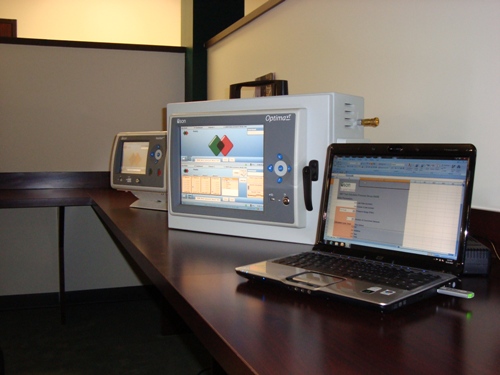USON has announced the availability of the USON Pressure Decay Leak Test Calculator for nanotechnology developers to produce immediate responses to ‘what if’ modeling of variables of pressure decay leak testing and realistic returns-on-investment, using an innovative 8-sensor concurrent leak testing technology.
 USON Pressure Decay Leak Test Calculator
USON Pressure Decay Leak Test Calculator
Engineers can use the USON Pressure Decay Leak Test Calculator to manipulate variables such as leak rate target; pressure ranges; part or test volume; customization of test cycle times that include all phases of fill, test time, stabilization and total; and amount of concurrent pressure decay sensors in utilization, which is up to eight with USON’s Optima vT Leak and Flow Tester.
The USON Pressure Decay Leak Test Calculator is the first in a portfolio of automated USON NDT Test Calculators to be made available in the forthcoming months.
Joe Pustka, Leak Detection Equipment Technical Specialist at USON, stated that pressure decay leak tests are one among the different types of tests that can be conducted on the unique Optima vT Leak and Flow Tester, offering almost half a billion combinations in test methodology alone by using this technology. Optima vT can be customized to efficiently handle countless possibilities for part shapes, sizes, volumes, acceptable leak rates, test pressures and pneumatic controls impacting cycle times. Hence it is clear why the company is producing these automated calculators for customers who are seeking for ways to continually enhance output, efficacy and test processes.
Pustka further said that a production engineer handling fixed test part and pressure volumes can get answers if the 8-sensor concurrent leak testing is used in the place of a simple two-channel dual testing. The engineer can be able to determine throughput enhancements within seconds and obtain an accurate profit-on-investment by using Optima type leak detection technology. These calculators are helpful to design engineers, who are struggling with the results of subassembly re-designs that affect test volumes, to get instantaneous answers to several ‘what if’ modeling scenarios.